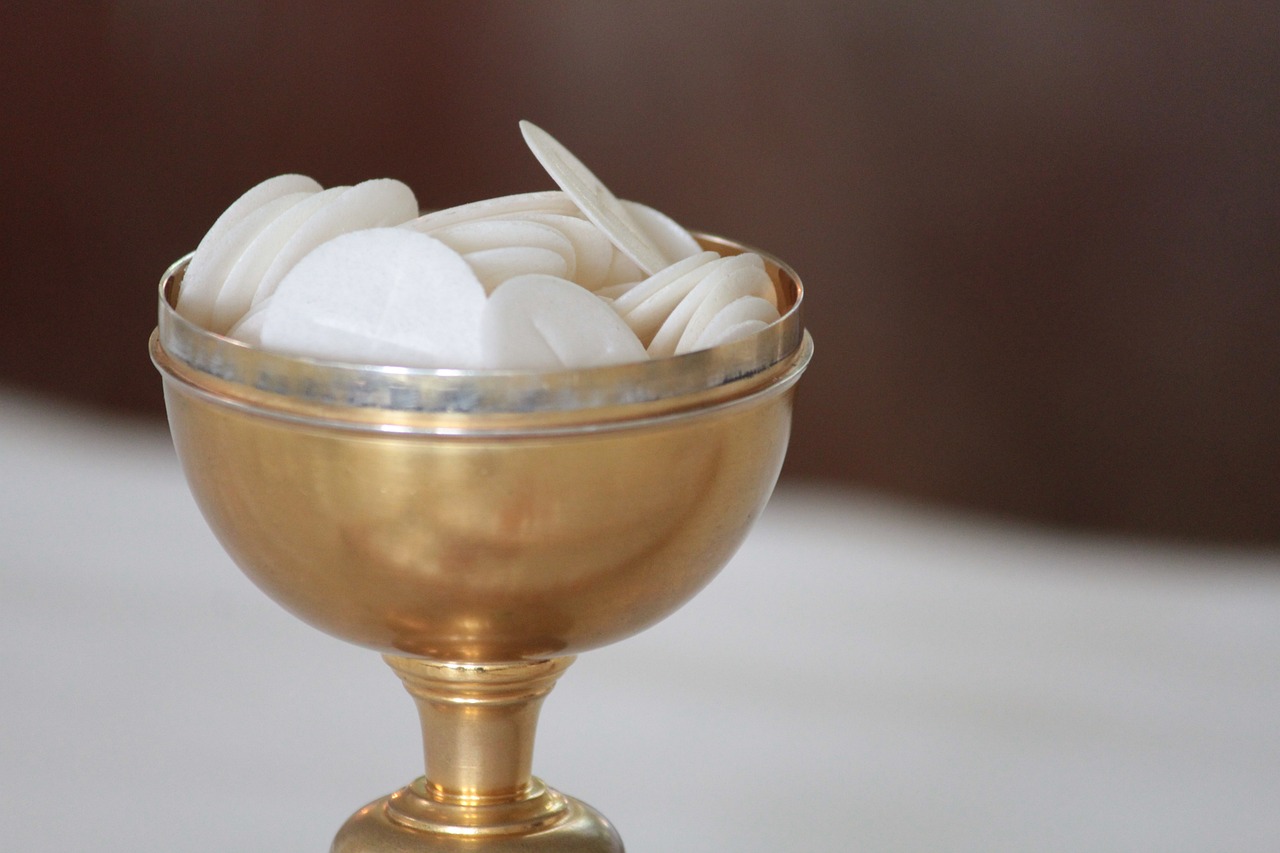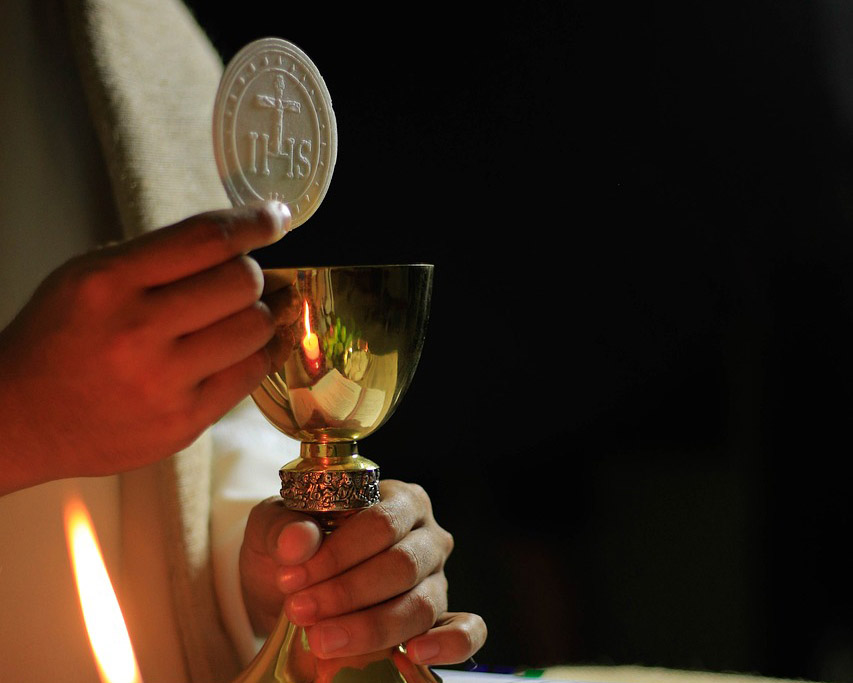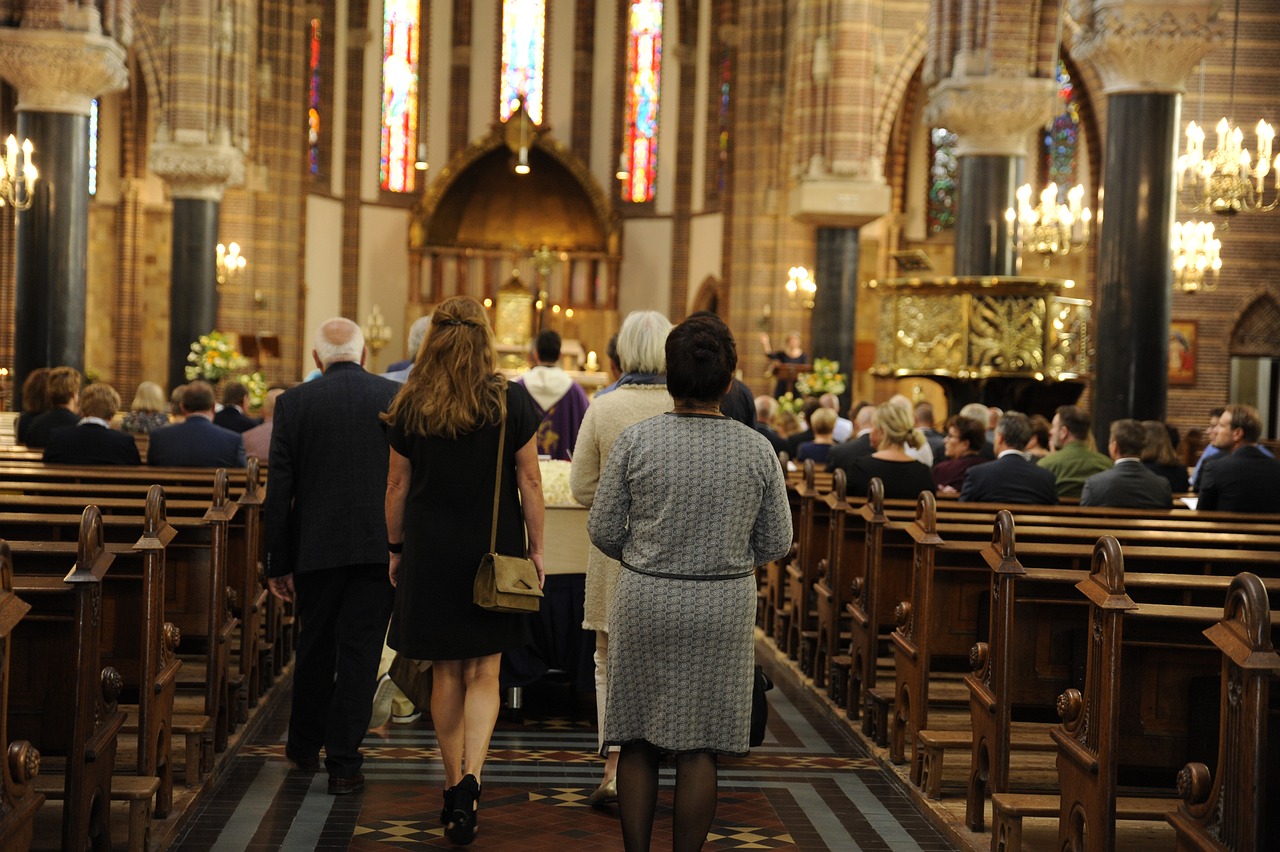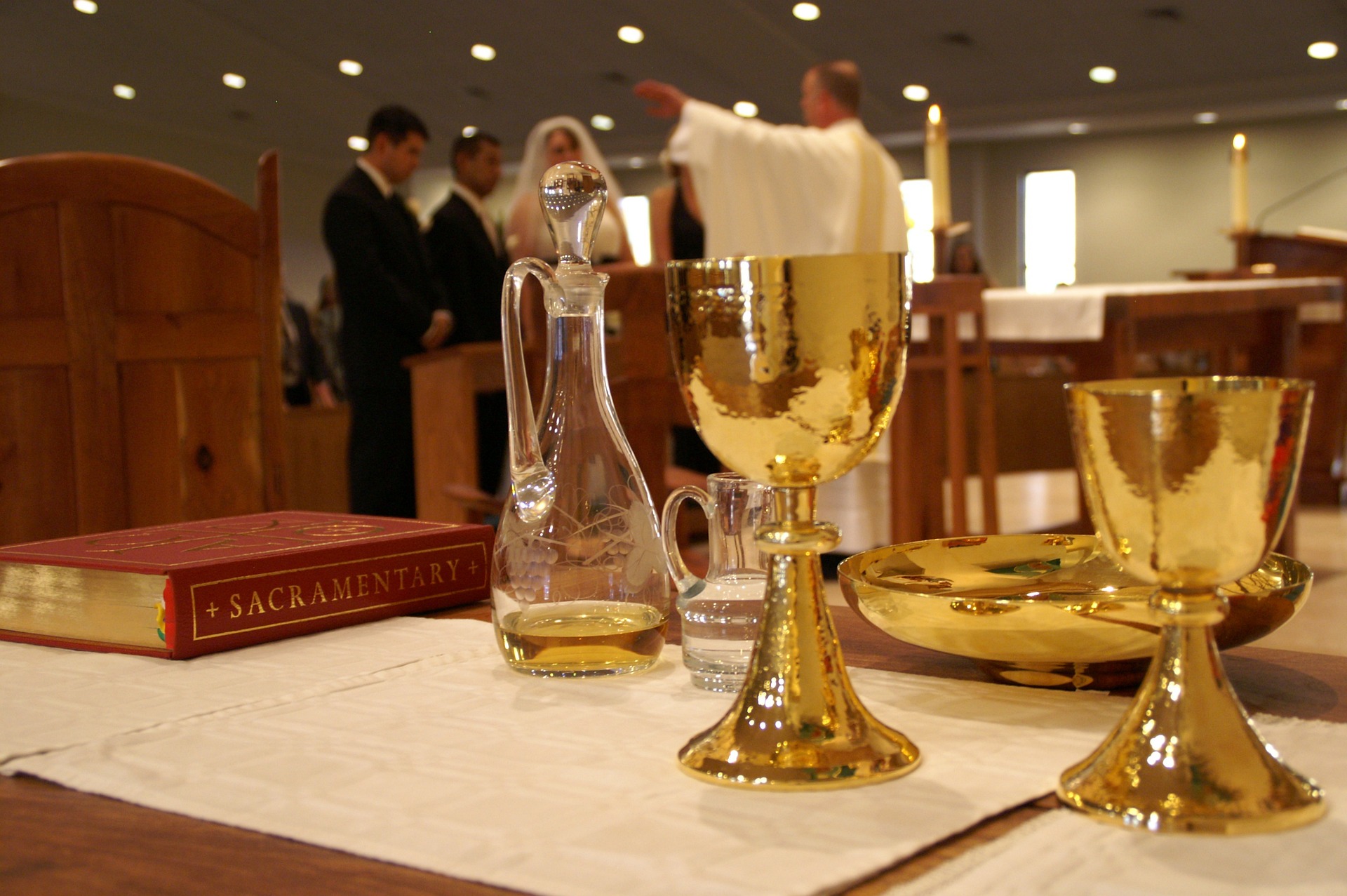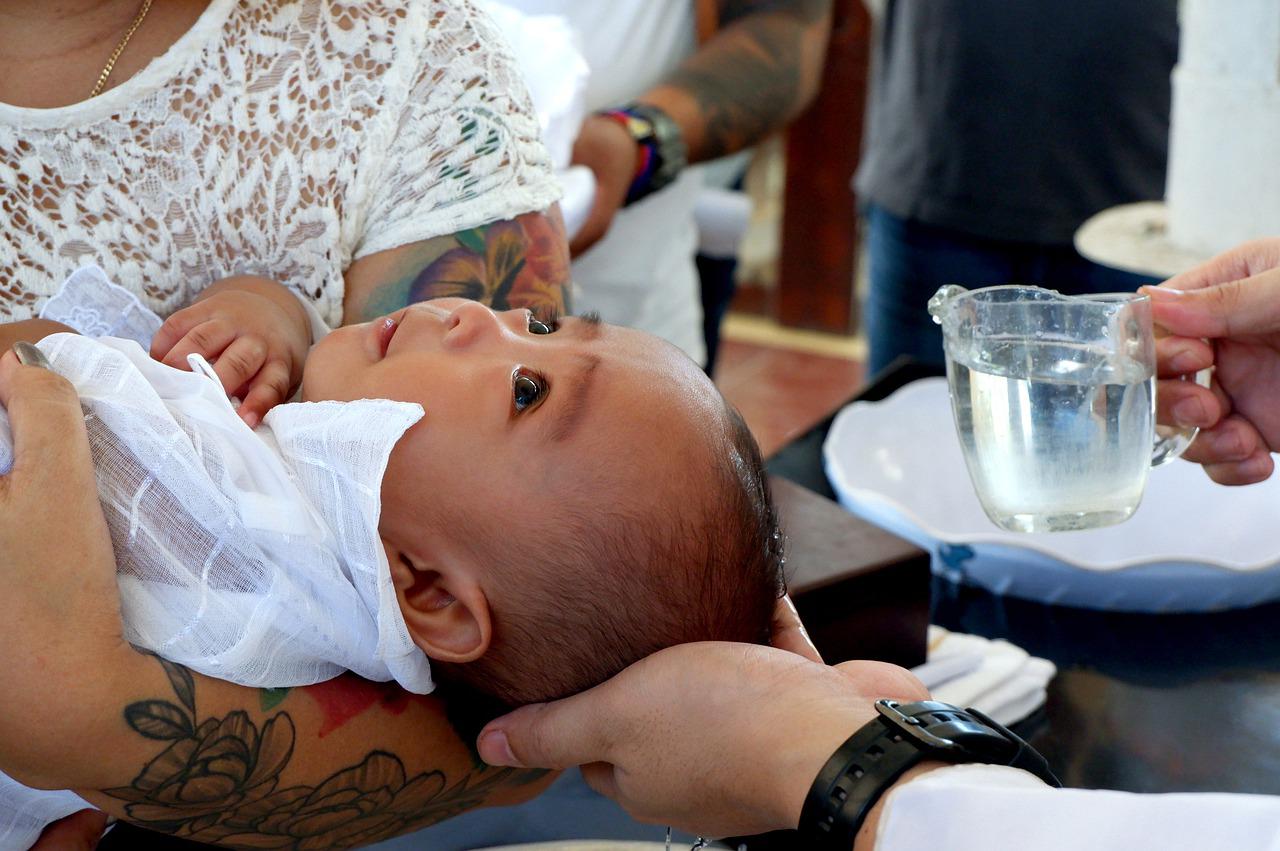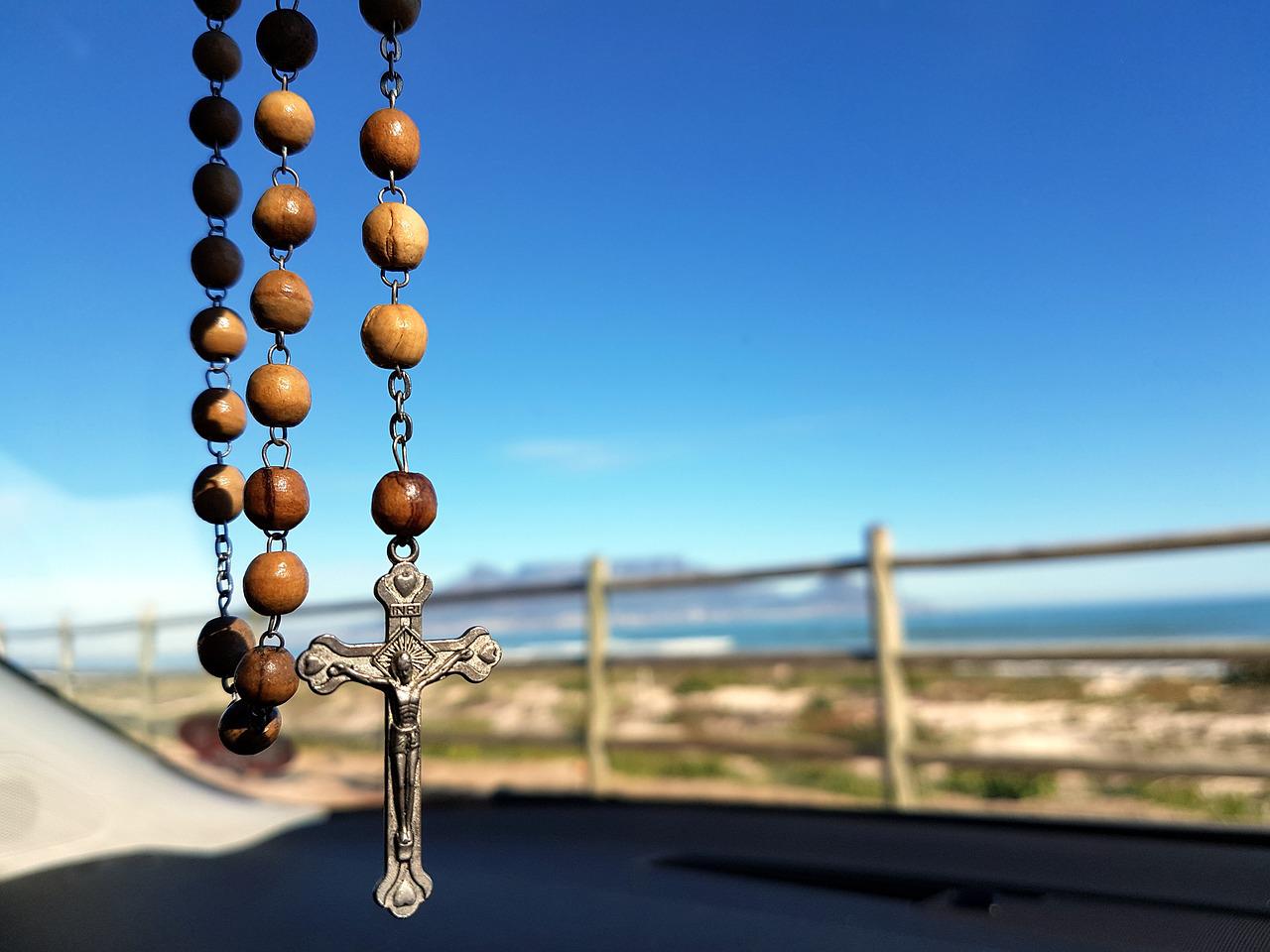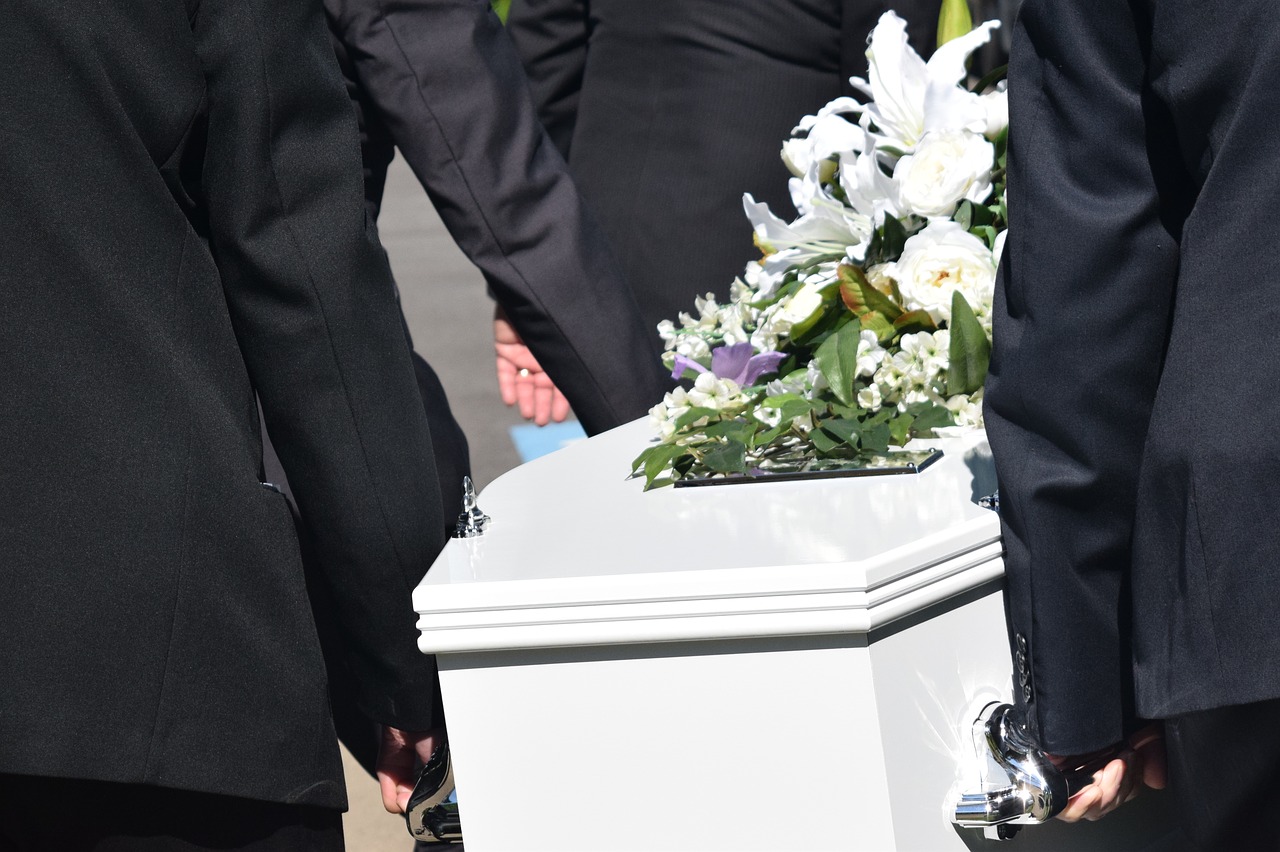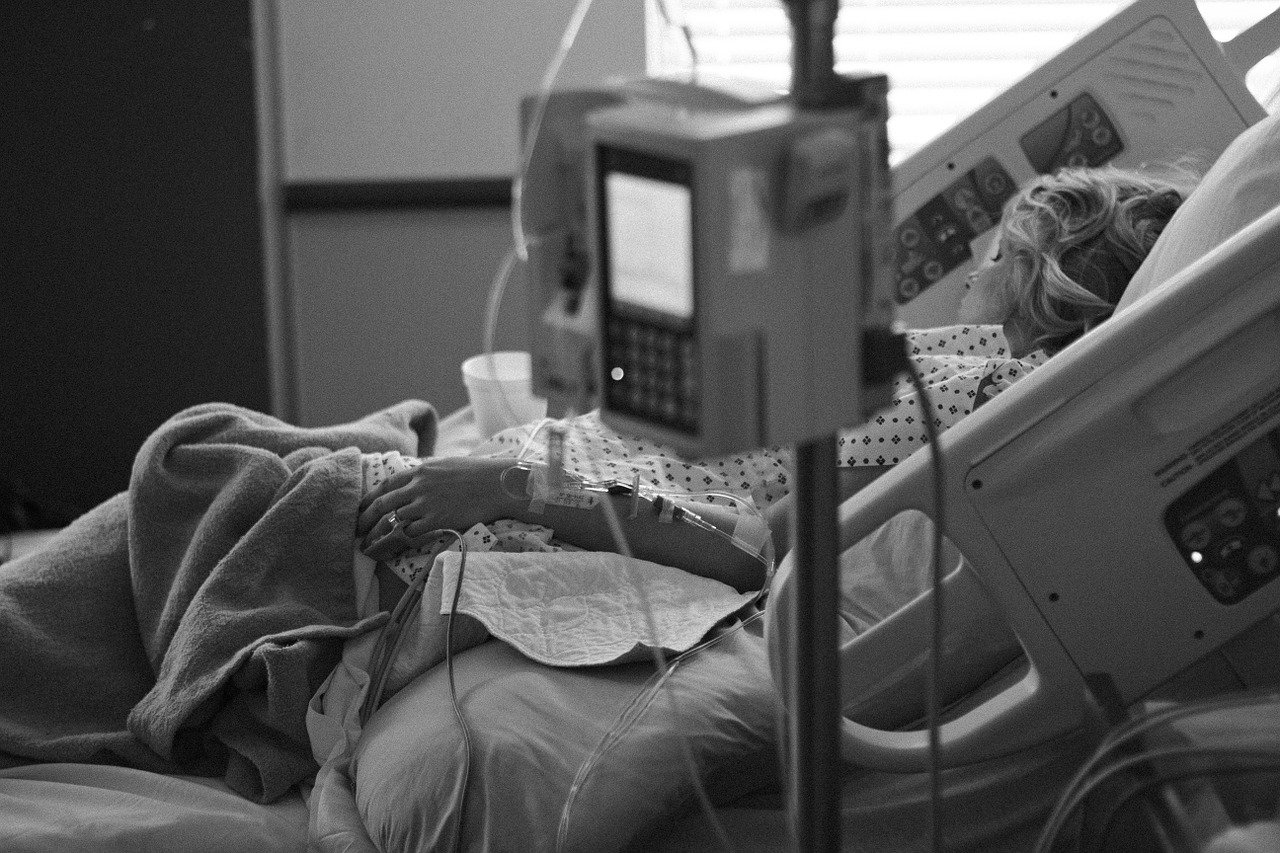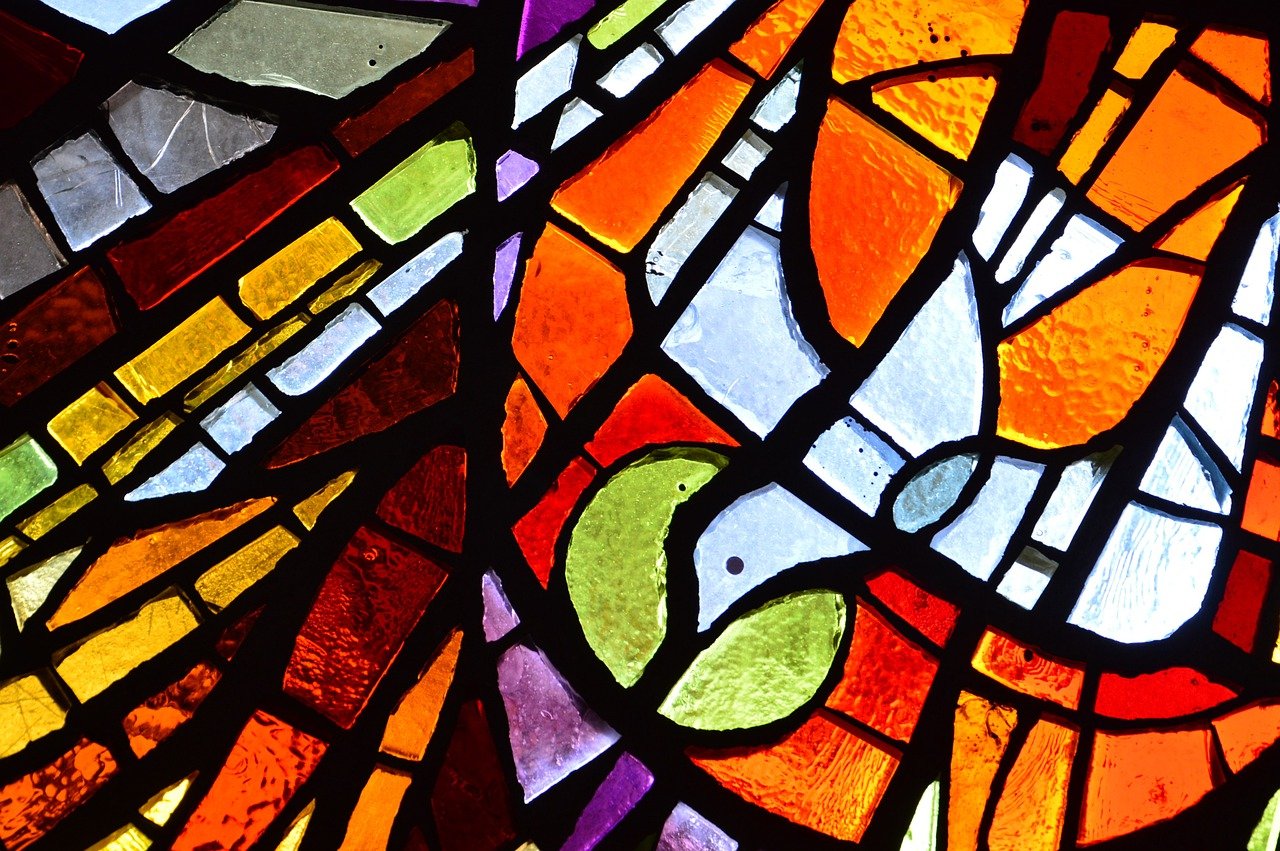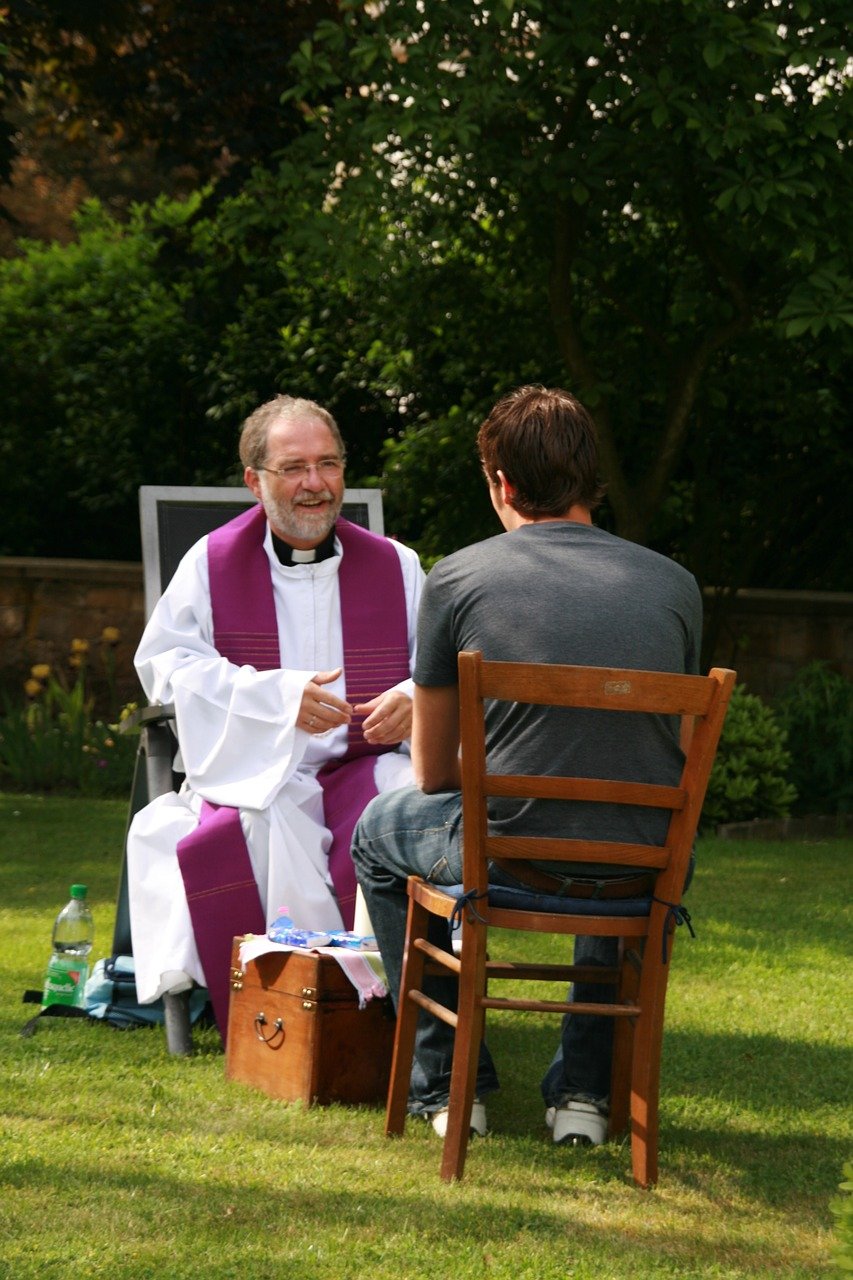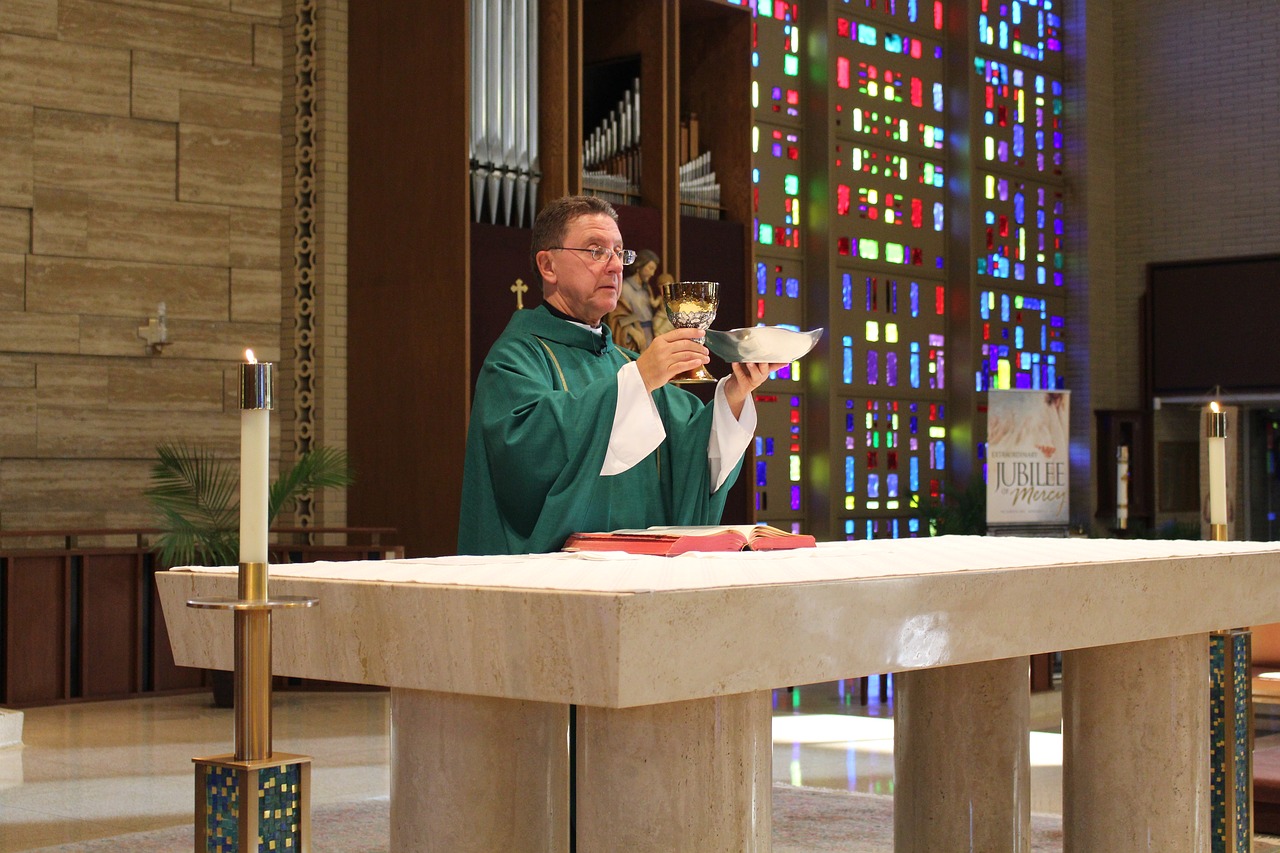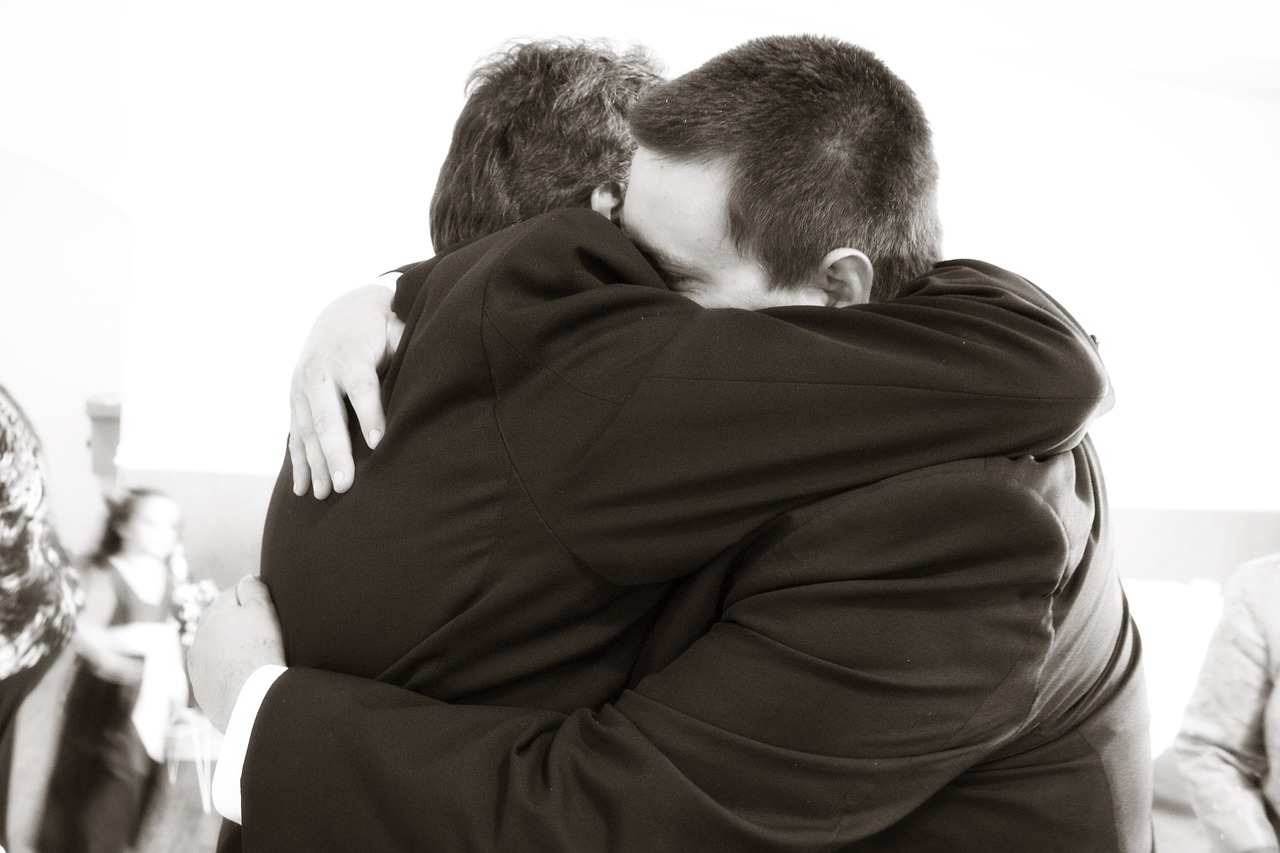
We’re not served well in our appreciation of the word repent by the many films featuring some be-frocked priest or Puritan shaking a cross in people’s faces and demanding, “Sinner, repent!” Repentance doesn’t necessarily require falling on our knees and beating our breasts, though sometimes that may be the appropriate response—as it was for skeptical Thomas, when the resurrected Lord whom he'd doubted stood before him. Basically, to repent means to change course. That can mean movement if we’ve been standing still, or stopping if we’ve been in frantic motion. It can mean changing our minds or our hearts, our direction or our behavior.
The word has several important root meanings. The earliest is the Hebrew word t’shuvah, meaning "return." It’s a crucial concept to prophets like Amos, Hosea, and Jeremiah. Their fellow citizens have wandered far from God's ways, and it’s time for them to return home. The rabbis tell a story of a young man who falls in with a bad crowd and winds up far from home, destitute and ashamed. His father sends word for the son to return. “I cannot,” the young man replies, “It is too far.” Too far in distance, surely, but also in moral stature. His father responds: “Come as far as you can, and I will come the rest of the way.”
This story reminds us how our failures put us at a distance from those whom we love, from the community of faith to which we belong. Yet love is willing to share the journey toward reunion and reconciliation. We return to God, and God returns to us.
If t’shuvah is the Old Testament word for repentance, metanoia is the New Testament Greek term that carries a similar meaning. John the Baptist first issues the call to change direction, signaled by baptism in the Jordan. Jesus uses this term when he invites his listeners to change their dispositions—to turn their hearts and lives around—in response to his teaching. Our word repentance carries the additional meaning of expressing regret for past actions and attitudes—along with the expectation that real change is forthcoming. In addition, the word conversion means turning around, implying a reorientation of intentions and actions. In the sacrament of reconciliation, we include the stipulation of “making reparation” for what we’ve done or failed to do that has caused harm.
Scripture:
Amos 4:6-11; Hosea 5:15—6:3; Jeremiah 3:12-22; Mark 1:4, 14-15; Matthew 3:1-2; 4:17; Luke 3:3; 13:1-5; Acts 2:37-39; 3:19; 26:17-20; 2 Peter 3:9
Books:
The Forgiveness Book – Alice Camille and Paul Boudreau (Chicago, IL: ACTA Publications, 2008)
Radical Forgiveness – Antoinette Bosco (Maryknoll, NY: Orbis Books, 2009)



